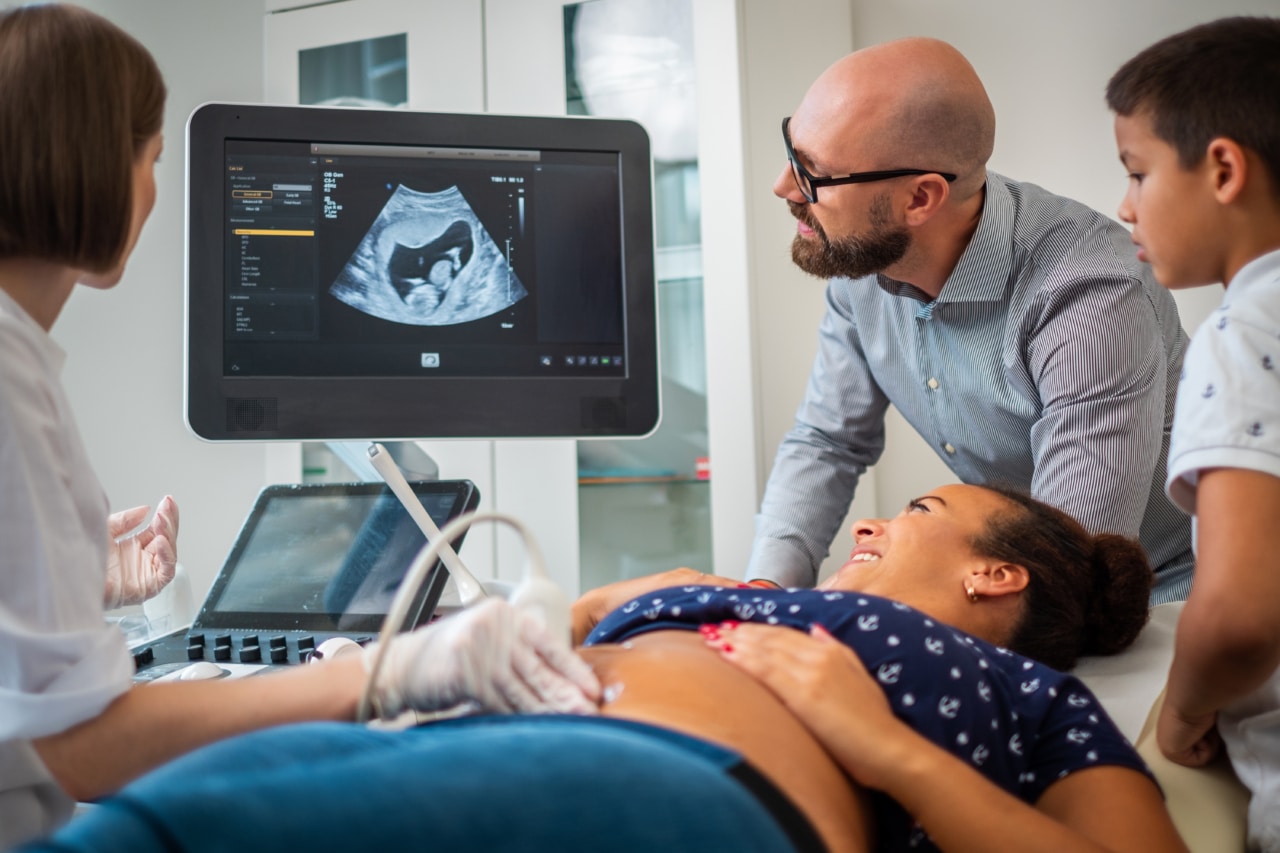One of the most sensitive periods in brain development occurs at the very beginning, when the neural tube is closing.
Neural tube defects (NTDs) are serious birth defects that occur during the early stages of embryonic development, specifically when the neural tube fails to close properly. This can lead to conditions such as anencephaly and spina bifida, which have significant implications for a child’s health.
Understanding Neural Tube Defects
The neural tube is the embryonic structure that eventually forms the brain and spinal cord. Its closure is a critical process that typically occurs by the fourth week of pregnancy. When this process is disrupted, it can result in NTDs:
-
Anencephaly: This defect arises when the upper part of the neural tube doesn’t close, leading to the absence of a major portion of the brain, skull, and scalp. Infants with anencephaly are usually born without a forebrain and are unable to survive.
-
Spina Bifida: This condition occurs when the lower part of the neural tube fails to close, causing the spinal cord and its membranes to protrude out of the vertebral column. The severity can vary, ranging from mild cases with no symptoms to severe cases leading to paralysis and loss of bladder or bowel control.
Prevention Through Folic Acid
A significant preventive measure against NTDs is the adequate intake of folic acid, a B vitamin essential for proper cell growth. Research indicates that consuming sufficient folic acid before conception and during early pregnancy can prevent up to 60% of NTDs.
-
Recommended Intake: Women of childbearing age are advised to take a daily supplement containing 400 micrograms of folic acid, starting at least one month before conception and continuing through the first trimester.
-
Dietary Sources: Many grains, breads, and cereals are fortified with folic acid. Incorporating these foods into your diet can help increase folic acid intake.
Early Detection and Management
Prenatal screening plays a vital role in the early detection of NTDs. Techniques such as ultrasound and maternal blood tests can identify these defects, allowing for informed decision-making and early intervention.
-
Ultrasound Imaging: High-resolution ultrasounds can detect physical abnormalities in the developing fetus, often identifying NTDs by the second trimester.
-
Maternal Serum Alpha-Fetoprotein (MSAFP) Test: This blood test measures the level of alpha-fetoprotein in the mother’s blood. Elevated levels can indicate a higher risk of NTDs, prompting further diagnostic testing.
For more detailed information on neural tube defects and their prevention, you can visit the ZERO TO THREE website.
Understanding the importance of early neural development and taking proactive steps can significantly reduce the risk of NTDs, ensuring a healthier start for your child.




